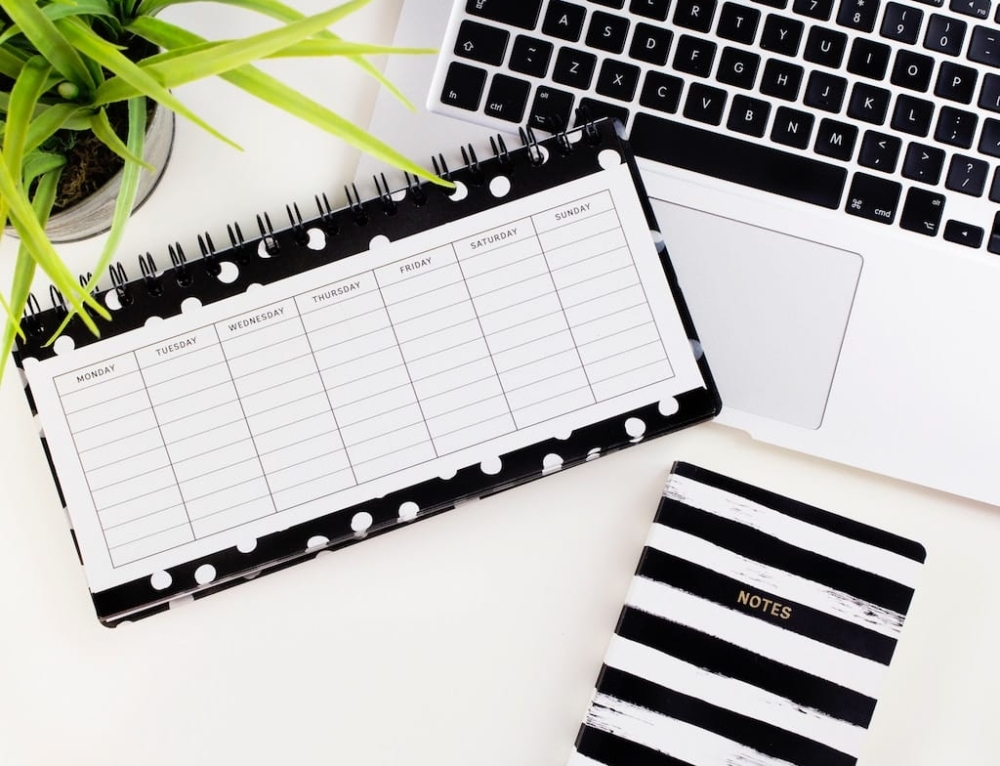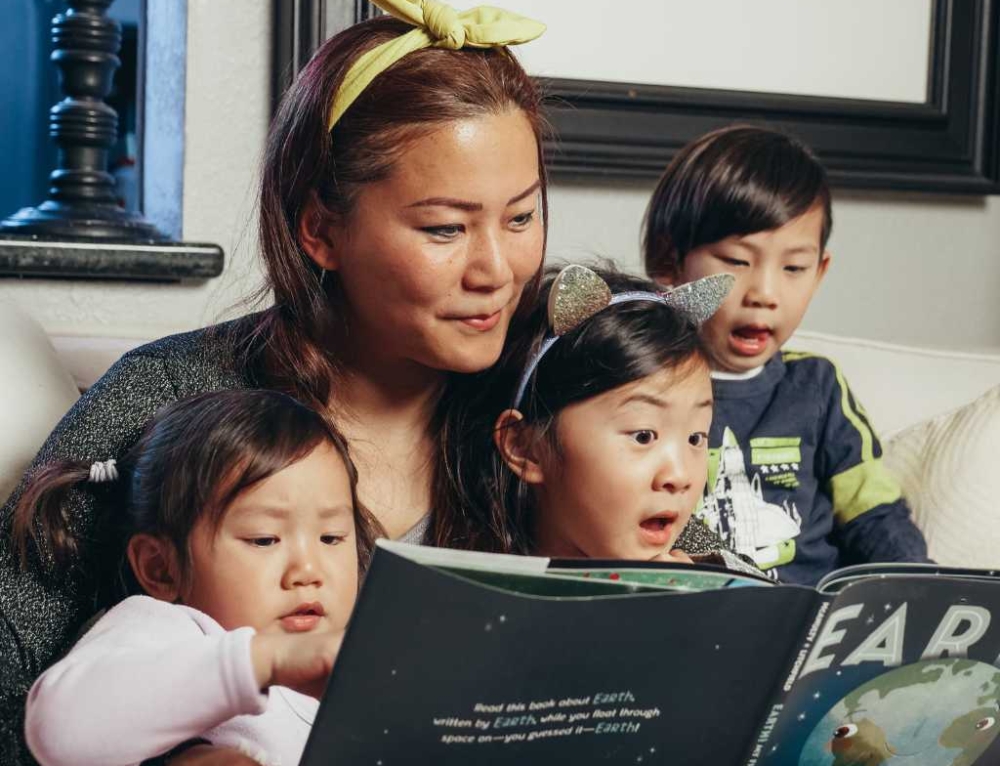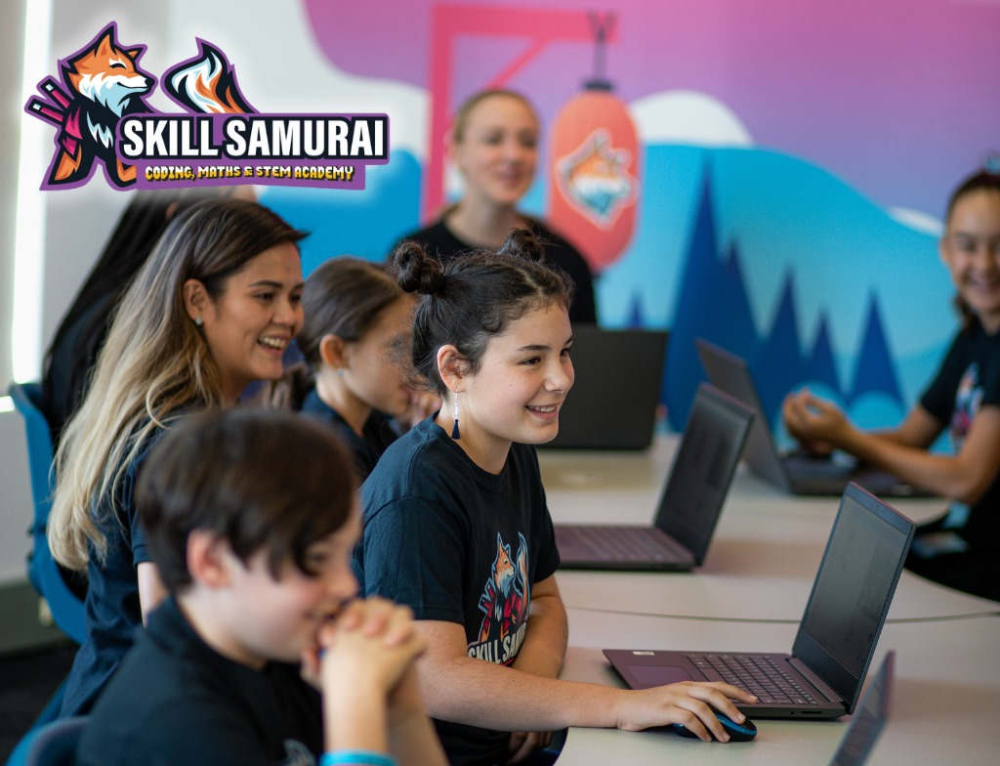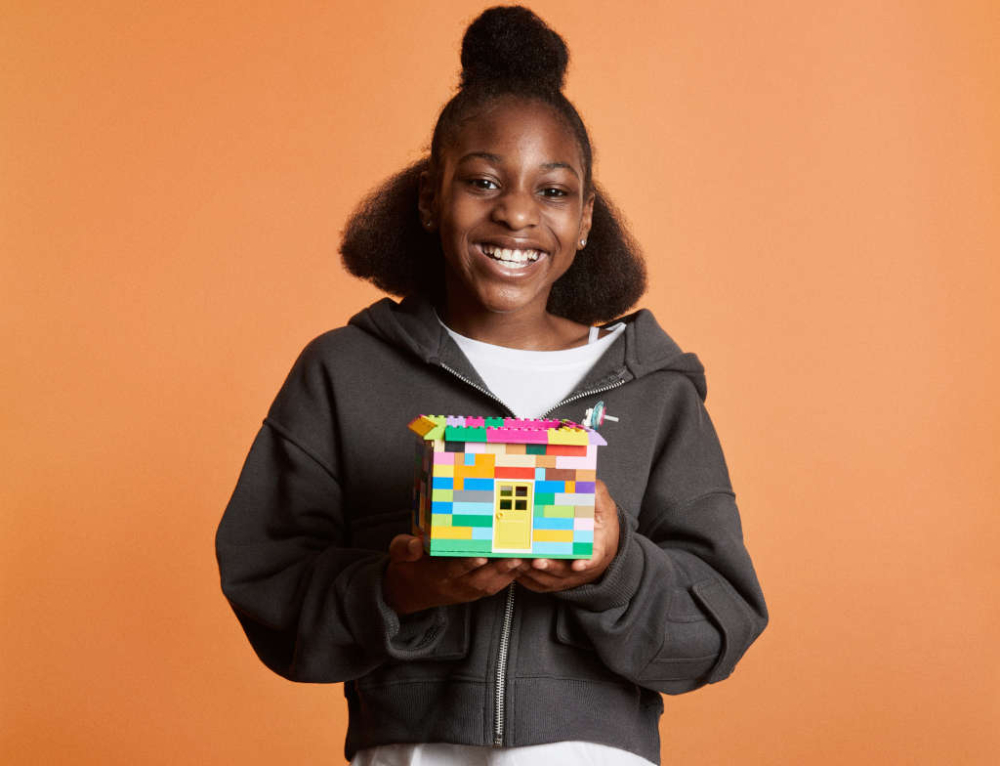A wonderful milestone is reached in a child’s life when they first begin learning to write. The handwriting activities which occur during preschool years lay the important foundation for their skills in writing and cutting.
Handwriting development
A child at this age will produce writing which first resembles scribbles drawn in a large circular motion. Children will commonly then continue to attempt their own name, shapes and some letters may begin to appear.
Children of this age will use a palmer grasp (where the pencil is in the middle of the palm) as this feels the most stable for hands with weaker muscles. This is developmentally appropriate and is of no concern.
It is crucial at this age that children have experiences learning to write on vertical and/or inclined surfaces. These experiences position the wrist correctly and allow children the chance to skilfully use their finger muscles rather than the muscles in their forearms.
Activities to help handwriting
Pre-handwriting activities at this age are textural. Opportunities should be given for writing in oatmeal, rice, shaving cream and sand as well as finger painting and a variety of different surfaces.
Children will write very large initially to avoid eye strain and the size will gradually reduce. When children first start writing a single letter may be painted to fill the page.
Children at this age must develop an open index finger-thumb space. This means they can make and “O” with their thumb and index finger. If your child is unable to do so they need opportunities to strengthen the muscles before attempting writing with crayons or pencils as this will only cause frustration.
Developmental skills
The second important developmental step is that children of this age need the skill of controlled release. This means that they are able to stack blocks or complete an inset puzzle using just their fingertips.
Children have eyes which are more long sighted than adults. Therefore it is important to have short handwriting sessions with lots of opportunities for self-pacing and breaks to avoid eye strain.
Activities which can help parents support skill development at this age are
- Coins or buttons – picking up coins or buttons (if sure they will not put in their mouths) is wonderful for developing the o space.
- Tweezers – picking up cotton wool balls with tweezers is great for developing the opposition of fingers.
- Play dough – cutting with a knife is a great strengthening task.
- Newspaper – encourage children to tear the paper into strips with their thumb and index finger and to then crumple the paper into balls
- Spray bottles – these are perfect for developing muscle strength in the palm, wrist and fingers. Try adding some drops of ‘food colouring’ for magic spray!
Important
Patience and imagination are the key at this age. Writing can seem daunting even for young children. Activities which are presented imaginatively, positively and creatively help children develop a positive attitude towards handwriting from the very beginning.







Leave A Comment
You must be logged in to post a comment.